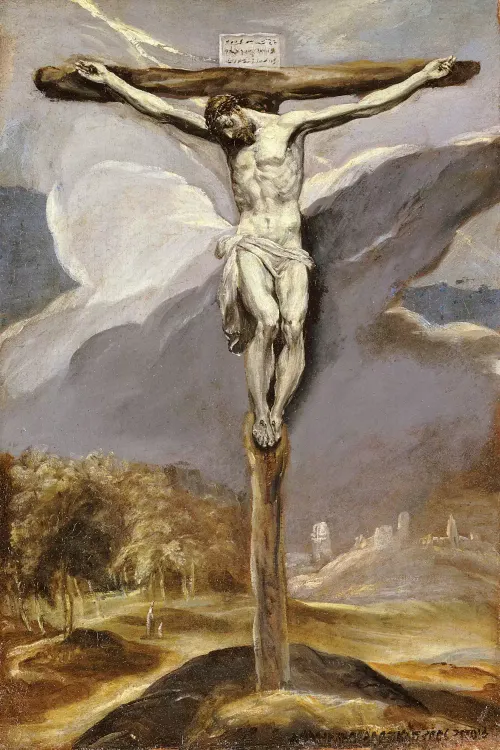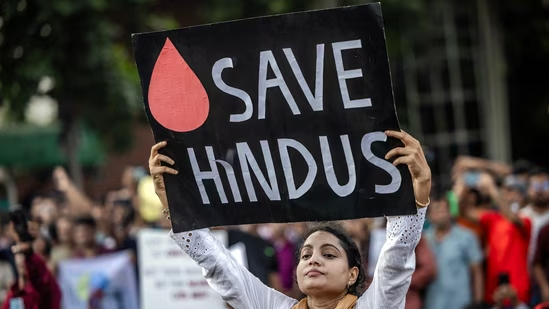Islam, one of the world’s major religions, began in the early 7th century in the heart of the Arabian Peninsula. Its emergence is intricately linked to the life and teachings of the Prophet Muhammad, who Muslims believe was the last prophet sent by God to guide humanity. This blog will delve into the key events and context that marked the birth of Islam and its early expansion.

The Pre-Islamic Arabian Peninsula
Geography and Society
Before Islam, the Arabian Peninsula was a mix of nomadic Bedouin tribes and settled communities in oases and coastal regions. The harsh desert environment shaped a lifestyle of constant movement and adaptation.
Tribal Structure
Society was organized into tribes, each with its own customs, laws, and leadership. Loyalty to one’s tribe was paramount, and inter-tribal conflicts and alliances were common.
Trade and Economy
Trade was vital, with the peninsula located along key routes connecting the Mediterranean with the Indian Ocean. Mecca was a major commercial hub, attracting merchants and fostering cultural exchange.
Religion and Beliefs
The region was predominantly polytheistic, with each tribe worshiping its own gods and goddesses. The Kaaba in Mecca housed idols and was a central site for pilgrimage and worship. Small Jewish and Christian communities also existed, adding to the religious diversity.
This vibrant, multifaceted backdrop set the stage for the emergence of Islam, which would bring profound changes to the Arabian Peninsula and beyond.
The Life of Muhammad: The Catalyst of Islam
Early Life
Muhammad was born around 570 CE in Mecca into the Quraysh tribe. Known for his integrity, he earned the nickname “Al-Amin” (the trustworthy) as a young man.
The Revelation
At age 40, while meditating in the Cave of Hira, Muhammad received his first revelation from the angel Gabriel. These revelations, continuing over 23 years, were later compiled into the Quran.
Early Preaching
Muhammad began preaching monotheism in Mecca, urging the abandonment of idolatry. His message faced resistance and persecution from the Quraysh leaders.
The Hijra
In 622 CE, Muhammad and his followers migrated to Medina due to persecution. This event, known as the Hijra, marks the start of the Islamic calendar.
Establishing Islam
In Medina, Muhammad built a strong Muslim community and gained political and military strength. Through battles and alliances, he expanded his influence.
Conquest of Mecca
In 630 CE, Muhammad peacefully conquered Mecca. The city’s inhabitants embraced Islam, and the Kaaba was dedicated to the worship of Allah.
Legacy
Muhammad passed away in 632 CE, leaving behind a unified and rapidly growing Muslim community. His teachings and leadership were the foundation of Islam’s expansion across the Arabian Peninsula and beyond.
Building the Muslim Community
Medina and the Formation of the Ummah
In Medina, Muhammad’s leadership helped to forge a unified community of believers, known as the Ummah. This community was bound by faith rather than tribal affiliations, a novel concept in the Arabian Peninsula. The Constitution of Medina, an early charter of rights and responsibilities, helped to establish a cohesive and cooperative society.
Conquests and Diplomacy
Over the next several years, Muhammad and his followers engaged in various battles and diplomatic efforts to protect and expand their community. Key battles such as Badr, Uhud, and the Trench were crucial in solidifying the Muslim community’s strength and resilience.
The Conquest of Mecca
In 630 CE, Muhammad led a peaceful conquest of Mecca. The city’s leaders surrendered, and many of its inhabitants embraced Islam. The idols within the Kaaba were destroyed, and the shrine was rededicated to the worship of Allah. This event marked a significant triumph for Islam, solidifying its place in the Arabian Peninsula.
The Death of Muhammad and the Spread of Islam
Muhammad passed away in 632 CE, leaving behind a rapidly growing community of followers. Under the leadership of the Caliphs, Islam continued to expand at an unprecedented pace. Within a few decades, Islamic rule extended beyond Arabia into parts of the Byzantine and Sassanian Empires, including present-day Syria, Iraq, Egypt, and Iran.
Core Beliefs and Practices
Monotheism
At the heart of Islam is the belief in one, all-powerful God, Allah. This central tenet distinguishes Islam from the polytheistic traditions that preceded it in Arabia.

The Five Pillars of Islam
Islam is built upon five foundational acts of worship and practice:
- Shahada: The declaration of faith, affirming that there is no god but Allah, and Muhammad is His messenger.
- Salah: The performance of five daily prayers.
- Sawm: Fasting during the holy month of Ramadan.
- Zakat: Giving alms to support the poor and needy.
- Hajj: The pilgrimage to Mecca, which every Muslim must undertake at least once in their lifetime if able.
The Quran and Hadith
The Quran, considered the literal word of God, and the Hadith, records of Muhammad’s sayings and actions, form the primary sources of Islamic theology and law.
Conclusion
The birth of Islam is a profound historical and spiritual event that reshaped the Arabian Peninsula and laid the foundation for a global religion. From the initial revelations received by Muhammad to the rapid expansion under his successors. Islam’s beginnings marked by perseverance, faith, and a commitment to monotheism and social justice. Today, Islam continues to inspire and guide millions of followers around the world, rooted in the teachings and legacy of its prophet, Muhammad.








One Comment